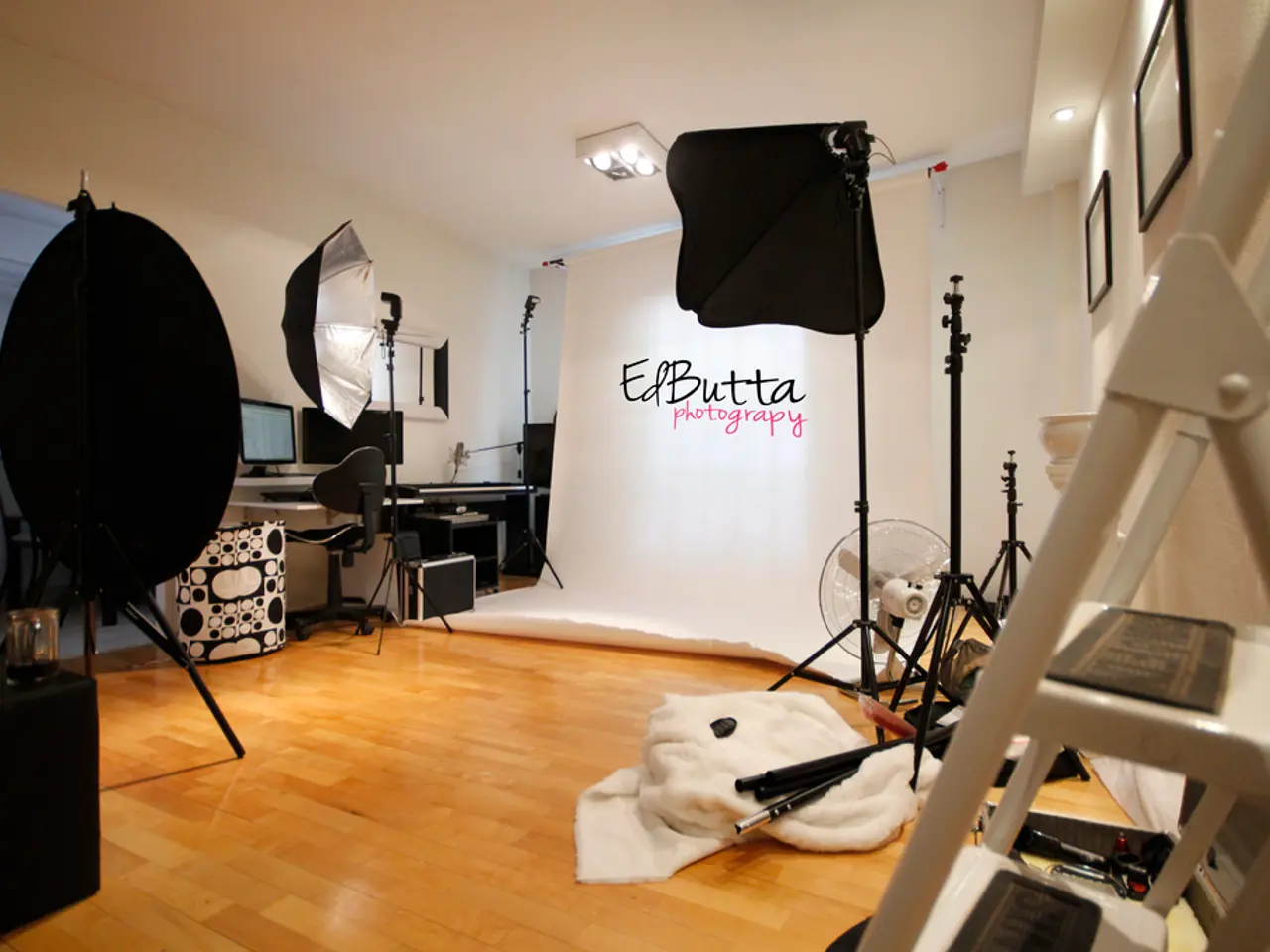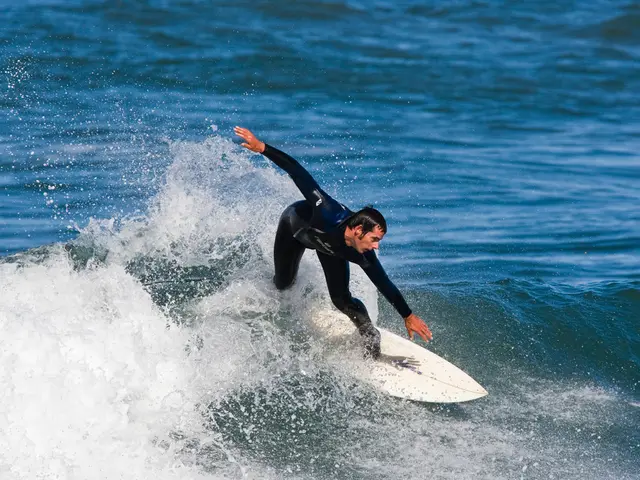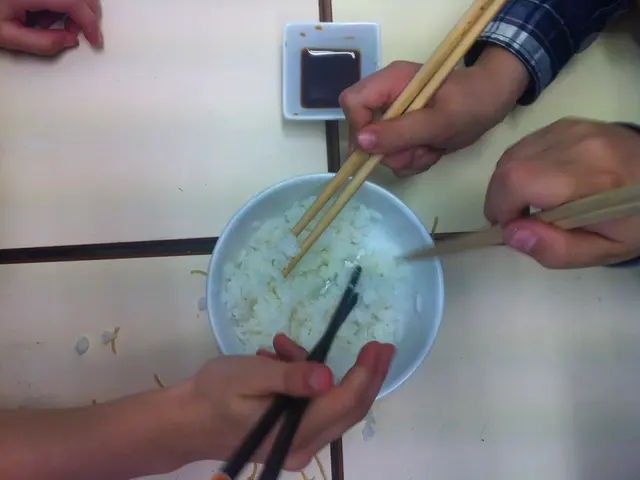"Vacation Snapshots Success: Mastering the Art of Low-Light Photography"
In the world of travel photography, capturing stunning moments can be a challenge. But fear not, as Judy Hohmann, a specialist from the renowned magazine "c't Fotografie", shares her valuable insights to help you take better travel photos.
To create compelling visual stories, focus on three key aspects: composition, timing, and self-portraits, also known as travel selfies.
Composition
The rule of thirds is a fundamental compositional technique that can transform your travel photos. Divide your frame into thirds both horizontally and vertically, and place your main subject along these lines or their intersections to create balanced, engaging shots.
Leading lines, such as trails, fences, or rivers, can guide the viewer’s eye through the photo, enhancing depth and interest. Natural framing, using elements like trees, archways, or gaps in rocks, can add focus and depth to your subject.
Pay attention to the background, choosing clean, simple backgrounds or negative space (like clear sky or beach) to prevent distraction and emphasize your subject. Adding foreground interest for more depth and storytelling can further elevate your composition.
Timing
Shoot moments with interesting movement or texture, such as waves, wind in trees, or flowing water, to add energy. Capture photos during the golden hours (shortly after sunrise or before sunset) for softer, warmer light and more dramatic shadows, ideal for travel scenes.
Prepare your equipment and know your camera settings, using manual mode when possible to control shutter speed, aperture, and ISO to respond quickly and creatively to changing light and scenes.
Self-Portraits (Travel Selfies)
For self-portraits, use the rule of thirds with your eyes typically placed about one-third down from the top to create a flattering, balanced composition. Avoid the front camera’s distortion by using your phone’s rear camera if possible, for more natural results.
Employ a tripod or stable surface and use a remote shutter release or timer to allow preparation and multiple takes, improving chances of a great shot. Consider varied angles and positions—slight angles or off-center framing can add dynamism and interest to your self-portraits.
To make sure you're not too prominent in the photo, consider sitting down or standing in a less prominent location, such as opposite the bench where the smartphone with the activated self-timer is placed. Activating the grid frame in the camera app can help keep the horizon straight and prevent the main subject from being placed in the middle.
By combining these techniques and experimenting with personal style and settings, you'll elevate your travel photography, helping you tell compelling visual stories. Remember, the quality of a picture lies mainly in its composition, as advised by Judy Hohmann.
To maintain the quality of your travel photos, evaluate them and delete unsuccessful ones to prevent data overflow. Organise photos into a folder structure after a vacation to find them later, as suggested by Judy Hohmann. Regular backups of photos are necessary to prevent data loss, and can be done using cloud services like Google Photos, Onedrive, or Dropbox, or manually with an external hard drive.
If no one is around to help, positioning the smartphone on a bench and using the self-timer is an alternative for taking self-portraits. Fewer people are typically around at times when the sun is low, making it a practical time for taking photos. Simple backgrounds, such as one-color walls, the sea, or other uncluttered scenes, can make the main subject stand out better.
With these expert tips from Judy Hohmann, you're well on your way to capturing beautiful travel photos that tell captivating stories. Happy snapping!
When varying your travel selfies, remember to employ the rule of thirds, placing your eyes about one-third down from the top for a flattering composition. Additionally, using a tripod or stable surface and a remote shutter release or timer can improve your chances of capturing a great shot, especially when no one is available to assist.




